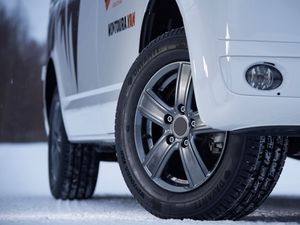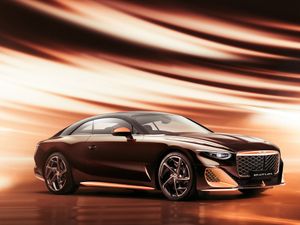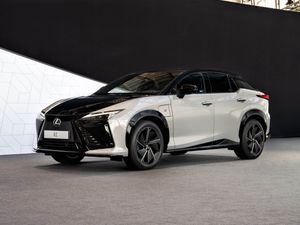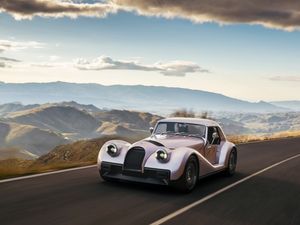MG contemplates sporty sub-brand for electric cars
British brand MG is considering creating a new sporting sub-brand to widen the appeal of its electric cars.
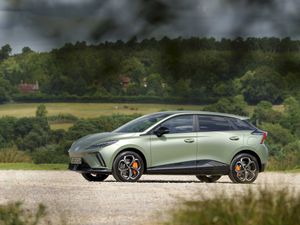
MG is mulling over introducing a sporty sub-brand in the UK to give its core electric model range a more ‘sporting’ and ‘aggressive’ look.
Over the last decade, the Chinese-owned British brand has worked hard on building up a reputation for making good value family cars, latterly electric models boasting long ranges and competitive prices.
Now though, the marque, which is celebrating its 100th anniversary this year, is keen to leverage its sporting character it has been known for since the 1920s.
It has already introduced the exotic Cyberster electric two-seater sports car and revived the XPower name for a high performance version of its MG4 electric hatchback, but now UK bosses are contemplating other ways the carmaker can add further sporting appeal such as creating a new sub-brand.
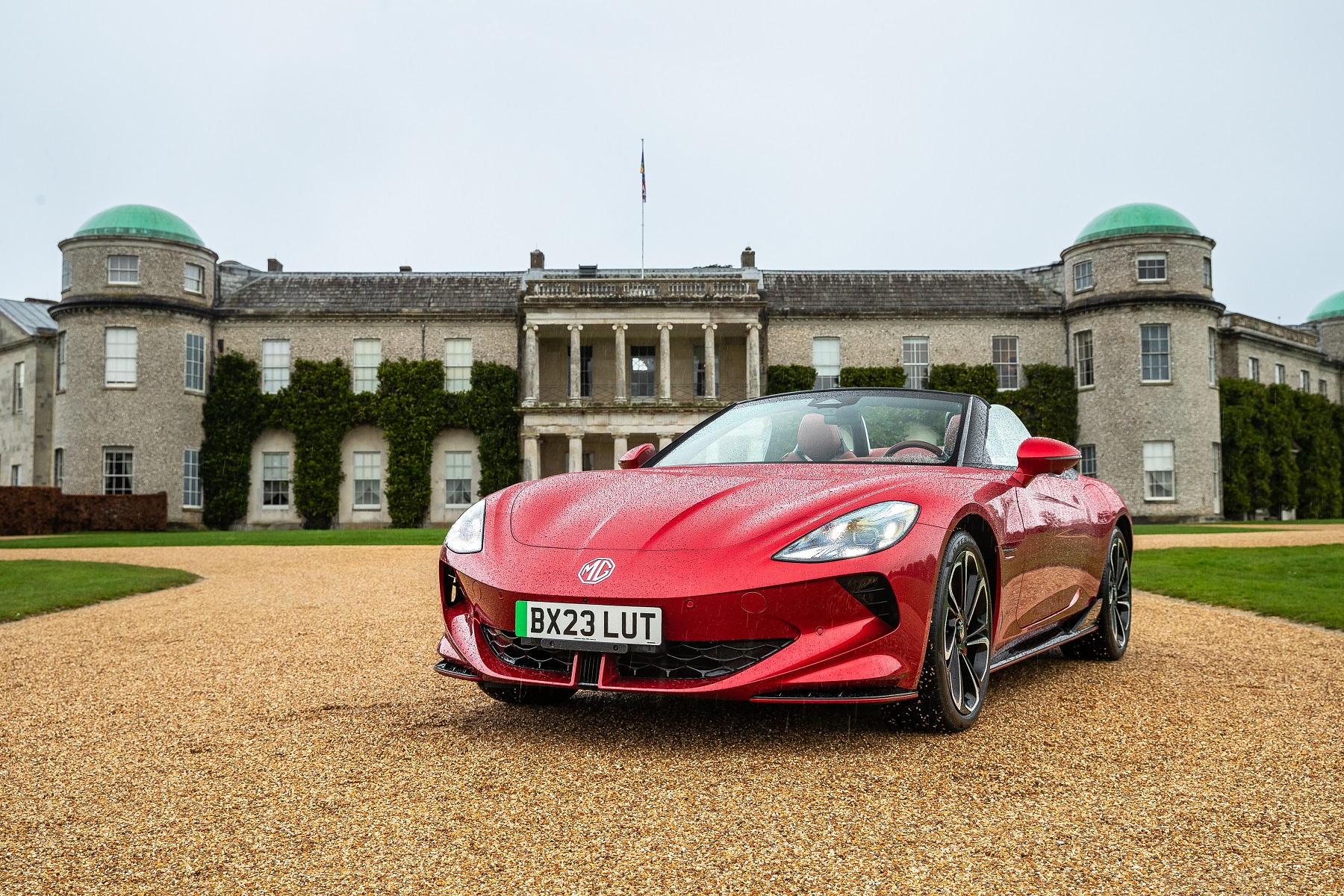
The sub-brand won’t be all about performance, though, but it would focus on giving its electric models a sporty feel at an affordable price and sit alongside XPower.
‘I do see having a sporting sub-brand which isn’t as extreme as XPower as something we would like, and conversations are taking place,’ MG Motor UK’s commercial director, Guy Pigounakis, told the PA news agency.
‘The very high performance element, XPower, is one thing, but when you look at the likes of Hyundai’s N Line, for example, they are tremendously popular but most of it is about perception and cosmetics. Very little of it is about engineering changes such as suspension settings and brakes.’
Pigounakis said the main reason why MG wants to develop a new sub-brand that focuses on sporty styling rather than chasing BMW’s M and Mercedes-AMG is because those names are associated with petrol engines – and that technology only has a limited shelf life.
‘It won’t necessarily be a high performance brand because of emissions. Many high performance brands, without mentioning them, use high performance petrol engines and they’re having to stop selling them because they are, by definition, the dirtiest cars you could possibly make,’ he explained. ‘Everyone loves them – the popping and banging from the exhaust and they drive fantastically, but from an emissions point of view they are a disaster.
‘So, the opportunity really is electric cars, and for us it’s about producing sportier, more aggressive versions of our core cars, which I’m sure we will take the opportunity of doing.’
He added: ‘The only problem is that some of the MGs we are launching in the UK over the next 12 to 18 months aren’t sporty, but it’s about how you take that forwards. When you look at how MG Rover brought out MG versions of Rovers [in the early 2000s], the intention was there and it worked.’
Pigounakis is very experienced in creating and launching new sporting brands. He was part of Rover Group when BMW broke up the company in 2000, which in turn became MG Rover. To build excitement and to generate quick profits, the newly independent MG Rover relaunched the MG brand in 2001 with a range of sporting saloons badged ZR, ZS and ZT, and created the XPower brand for its high performance road car and motor racing interests.
Before the the launch of the 429bhp MG4 XPower last year, the only car to have worn the XPower name was the SV sports car of 2002. A whole range of XPower-badged models was anticipated but the company went bust in 2005, and was later bought by current Chinese owners SAIC.


